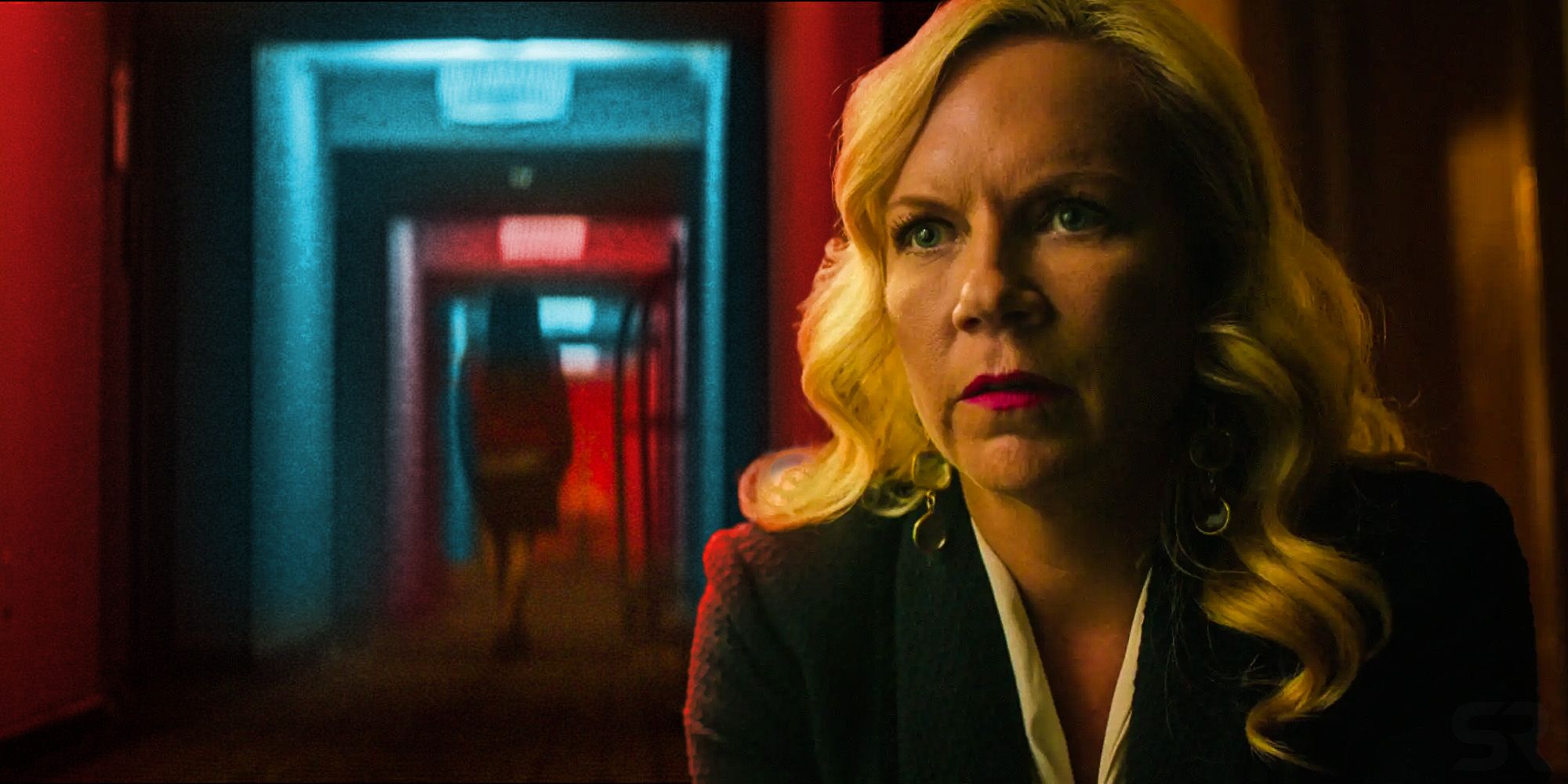
Now streaming on Netflix, Crime Scene: The Vanishing at the Cecil Hotel leaves out some crucial information while boosting myths about the real-life location. Director Joe Berlinger covers all the appropriate context for the infamous Los Angeles crime spot, and also fully explores the January 2013 disappearance and death of Eliza Lam. However, there are some important facts to consider when deconstructing the mythology associated with the Cecil Hotel.
Crime Scene is fundamentally about the Lam case, which became a cultural phenomenon upon the release of cryptic security footage in February 2013. In the video, the 21-year-old Canadian seems confused and even scared for her life while peering out of a Cecil Hotel elevator. Over the course of four episodes, Vanishing at the Cecil Hotel attempts to explain Lam's behavior and how she ended up passing away in a water tank on the roof of a downtown Los Angeles building. The Netflix docuseries addresses numerous conspiracy theories involving the LAPD, the Skid Row neighborhood of Los Angeles, and online suspects, but the featured interviewees collectively reach the same conclusion as the coroner who examined Lam's body: she died from an accidental drowning, with her bipolar disorder playing a role in the tragedy. In short, Lam wasn't corrupted by evil energy at the Cecil Hotel, but rather suffered a manic episode after not taking her prescription medication.
Much of Vanishing at the Cecil Hotel centers on the dangers of Skid Row, the section of Los Angeles where the Cecil Hotel is located. The Netflix series explains the history of suicides and violence at the titular building, which has been the home to multiple serial killers and has been linked to the Black Dahlia murder case, a legendary part of L.A. lore. Aside from all the rumors and speculation, however, Vanishing at the Cecil Hotel establishes the fact that the Cecil Hotel, now renamed Stay on Main, attracted drug addicts and travelers because of its pricing and location. Here's what is seemingly left out of the 2021 Netflix TV show in favor of sensationalized storytelling.
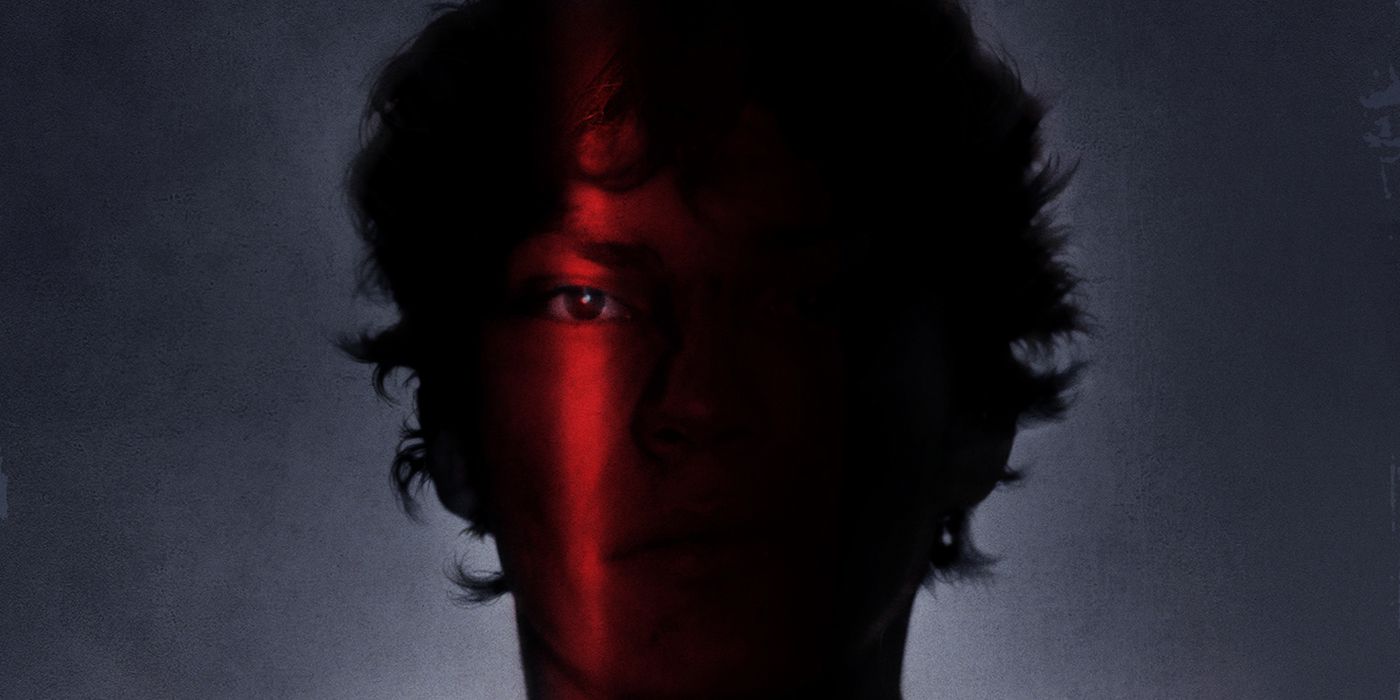
The second episode of Vanishing at the Cecil Hotel, "Secrets of the Cecil," devotes a brief segment to the serial killer Richard Ramirez - the subject of the 2021 Netflix docuseries The Night Stalker. Interviewees recall how Richard Ramirez stayed at the Cecil Hotel during his 1985 killing spree, and apparently paid $14 per night for a 14th floor room where he would smoke marijuana and listen to AC/DC. At one point, L.A. historian Kim Cooper states that "He [Ramirez] would be in the back alley, covered in blood... taking off his clothing," while fellow L.A. historian Richard Schave says "He would walk in his blood-stained underwear barefoot up to his floor and into his room, repeatedly." The commentaries are presented as fact, and almost like the interviewees are telling a spooky story around a campfire. In reality, however, Ramirez is rumored to have stayed at the Cecil Hotel (via KCET), based on statements made by a night clerk:
"Raoul Enriquez, a hotel night clerk [at the Cecil], said a man he is certain was Ramirez lived in a 14th floor room for several weeks in late July and August and for another two weeks in late August. Enriquez, 36, who lived in a room on the same floor, said he had a few brief conversations with Ramirez and said Ramirez told him he was from Ciudad Juarez, Mexico. He said the men did not know each other by name. He said Ramirez liked to play rock 'n' roll music on his hotel room radio, and judging from odors Enriquez could smell, was smoking marijuana."
Vanishing at the Cecil Hotel includes a brief interview from retired LAPD homicide detective Glynn Martin, whose father once headed the investigation team at the Glendale Police Partment during Ramirez's killing spree. Martin doesn't specifically speak about the Night Stalker staying at the Cecil Hotel but rather provides a commentary about the case itself. Meanwhile, Cooper and Schave also discuss the reputation of the Cecil Hotel, and how a man like Ramirez would theoretically be able to walk around freely without causing much suspicion. However, the Night Stalker connection appears to be more lore than fact, and thus mythologizes the killer even more. It's certainly possible that Ramirez made statements to the police about staying at the Cecil Hotel, but an online search reveals that there are different variations of the same story. Just as the Night Stalker documentary glamorizes Ramirez, Vanishing at the Cecil Hotel similarly leans heavy on the mythology without presenting any evidence to confirm the Cecil Hotel connection.
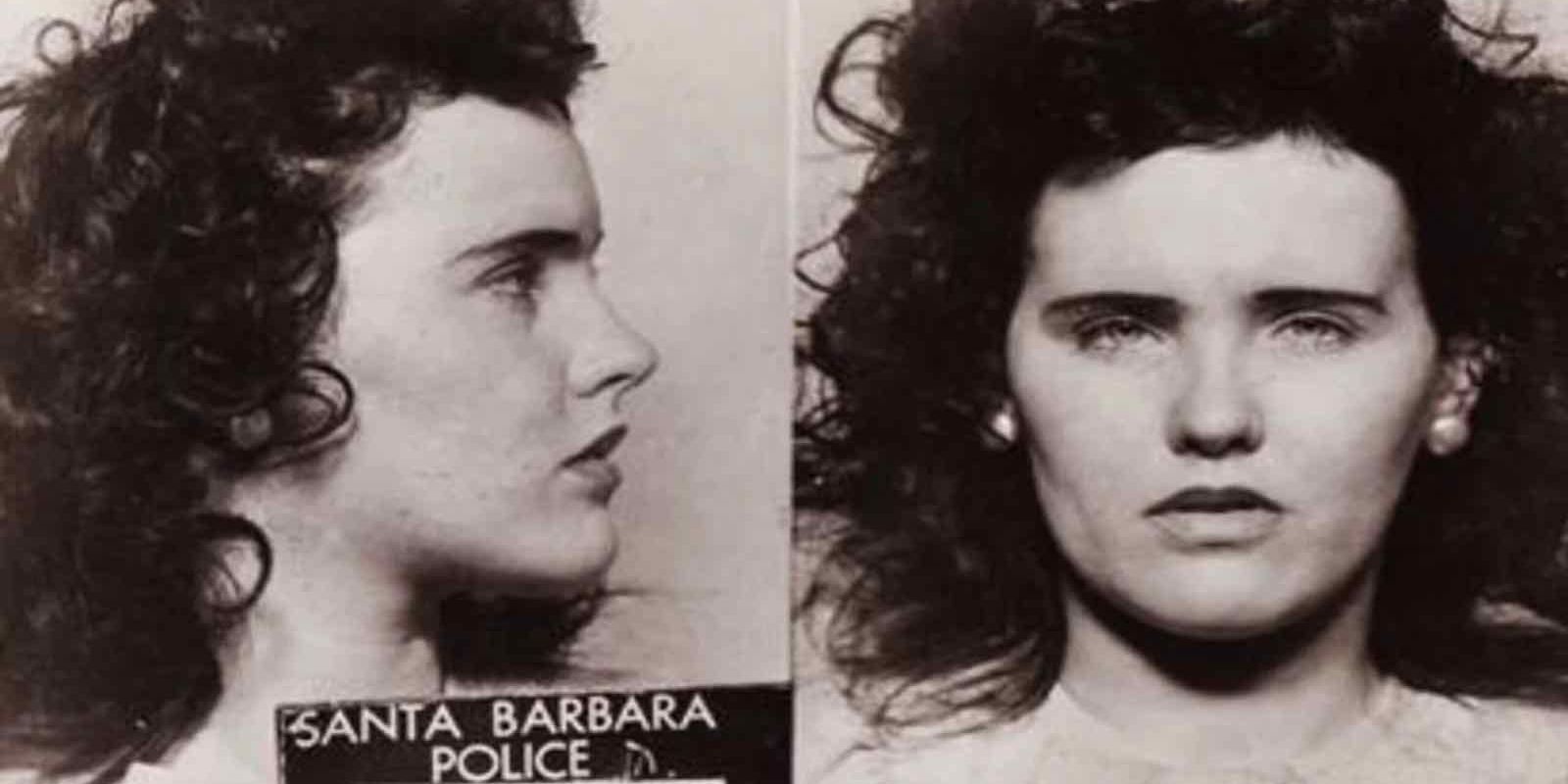
The third episode of Vanishing at the Cecil Hotel, "Down the Rabbit Hole," includes a brief reference to Elizabeth Short, otherwise known as The Black Dahlia. In January 1947, her mutilated corpse was found in the Leimert Park section of Los Angeles, and it was later rumored that she had visited the Cecil Hotel shortly before her death, which later tied to Eliza Lam. Vanishing at the Cecil Hotel shows that online sleuths targeted a musician known as Morbid as a possible suspect in the Lam case, and it's revealed that not only did he once stay at the Cecil Hotel, but also had a picture of The Black Dahlia in the background of a video he posted.
Vanishing at the Cecil Hotel unsurprisingly acknowledges The Black Dahlia connection, but records imply that Short most likely didn't stay at the Cecil Hotel before her death. According to the Geographics video "The Cecil Hotel: The Deadliest Hotel in Los Angeles," a police officer named Myril McBride stated that she spoken with a frightened young woman on January 14, 1947 - the day before Short's body was found. The unidentified woman had left a bar on Main Street in downtown Los Angeles, and claimed that someone had threatened to kill her. Over the years, the story has evolved to suggest that Short was indeed having a few drinks at the Cecil before her murder. However, McBride's report just references a "bar" and not specifically the Cecil Hotel bar. McBride also noted that the mysterious woman claimed that she was going to meet with her parents later that night, which heavily contrasts with the fact that Short had been estranged from her parents for years. The Black Dahlia may have visited the Cecil Hotel at some point in her life, but she wasn't necessarily the frightened young woman McBride spoke with on January 14, 1947.

Less than one year after Lam's 2013 death at the Cecil Hotel, 11-year-old Koston Alderete captured a photo that appears to show a figure hanging outside a fourth floor window. The boy reportedly suffered from nightmares after seeing the image, which aligns with conspiracy theories about the building being haunted by spirits. In Vanishing at the Cecil Hotel on Netflix, interviewees speculate about how Lam managed to reach the Cecil Hotel roof, with one person suggesting that she may have climbed a fire escape ladder on the outside of the building and speculation ran rampant that this was the image the young Koston had captured. Given that the Lam case has become such a cultural phenomenon, the Alderete photo became part of the Cecil Hotel mythology.
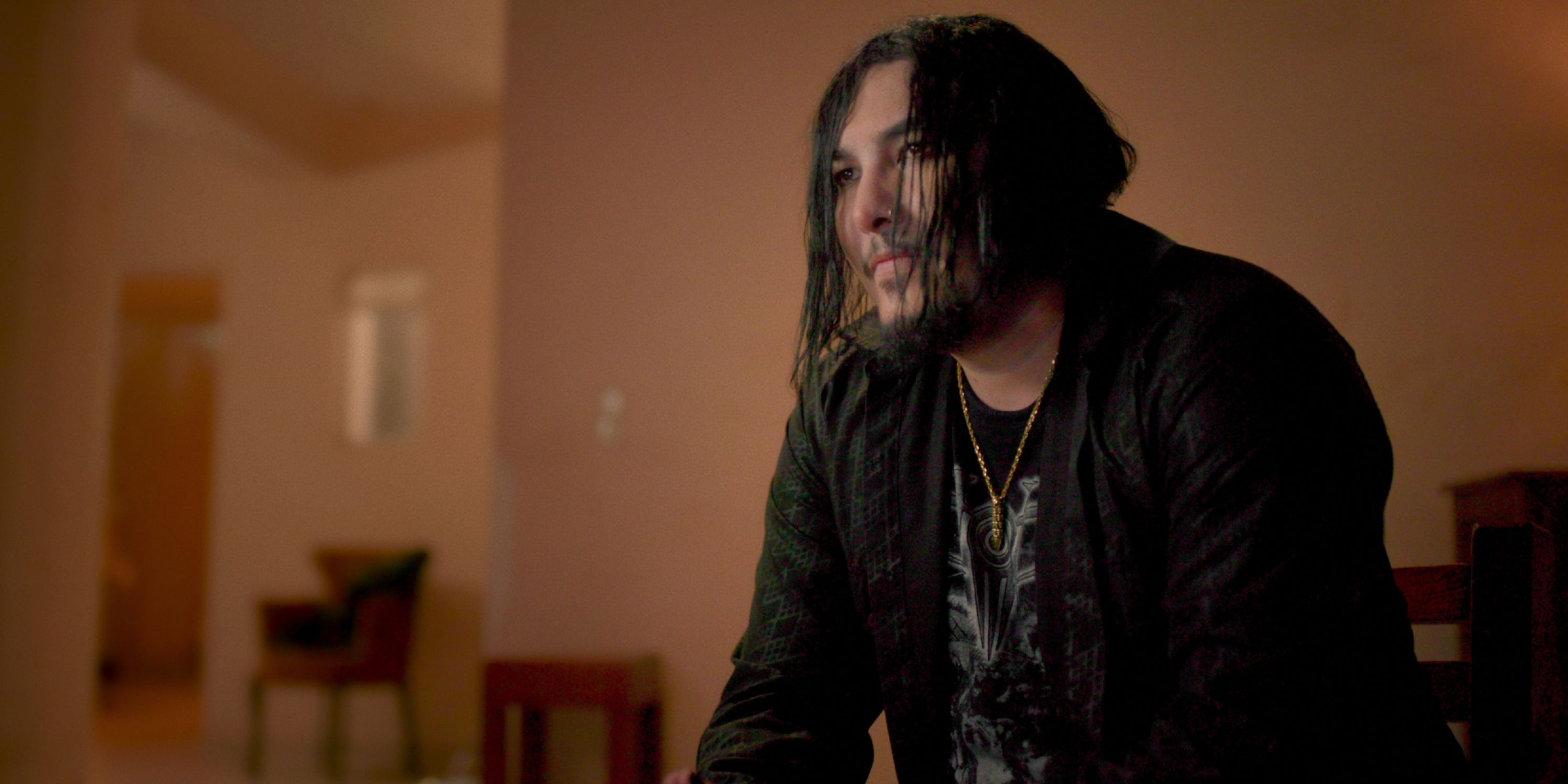
Vanishing at the Cecil Hotel features interviews with Pablo C. Vergara, a musician who was wrongfully accused of murdering Lam by online sleuths. He makes his first appearance in episode 3, "Down the Rabbit Hole," as his death metal persona Morbid captures the attention of Lam investigators. In the fourth and final episode, "The Hard Truth," Vergara discusses how he attempted suicide because of online bullying, and how people used his art to suggest that he might be a real-life killer. Crime Scene establishes the fact that Vergara is indeed a musical recording artist with a history of making provocative videos, but the Netflix documentary doesn't reveal that he's actually an accomplished director who won a scholarship from the New York Film Academy. His 2018 short Necromurder is based on the real-life killing of Mayhem musician Oysten Arseth (aka Euronymous) and won Best International Fictional Film at FICIME, along with the Best Music award at the Shockfest International Film Festival. Necromurder will soon be adapted into a feature-length horror film.
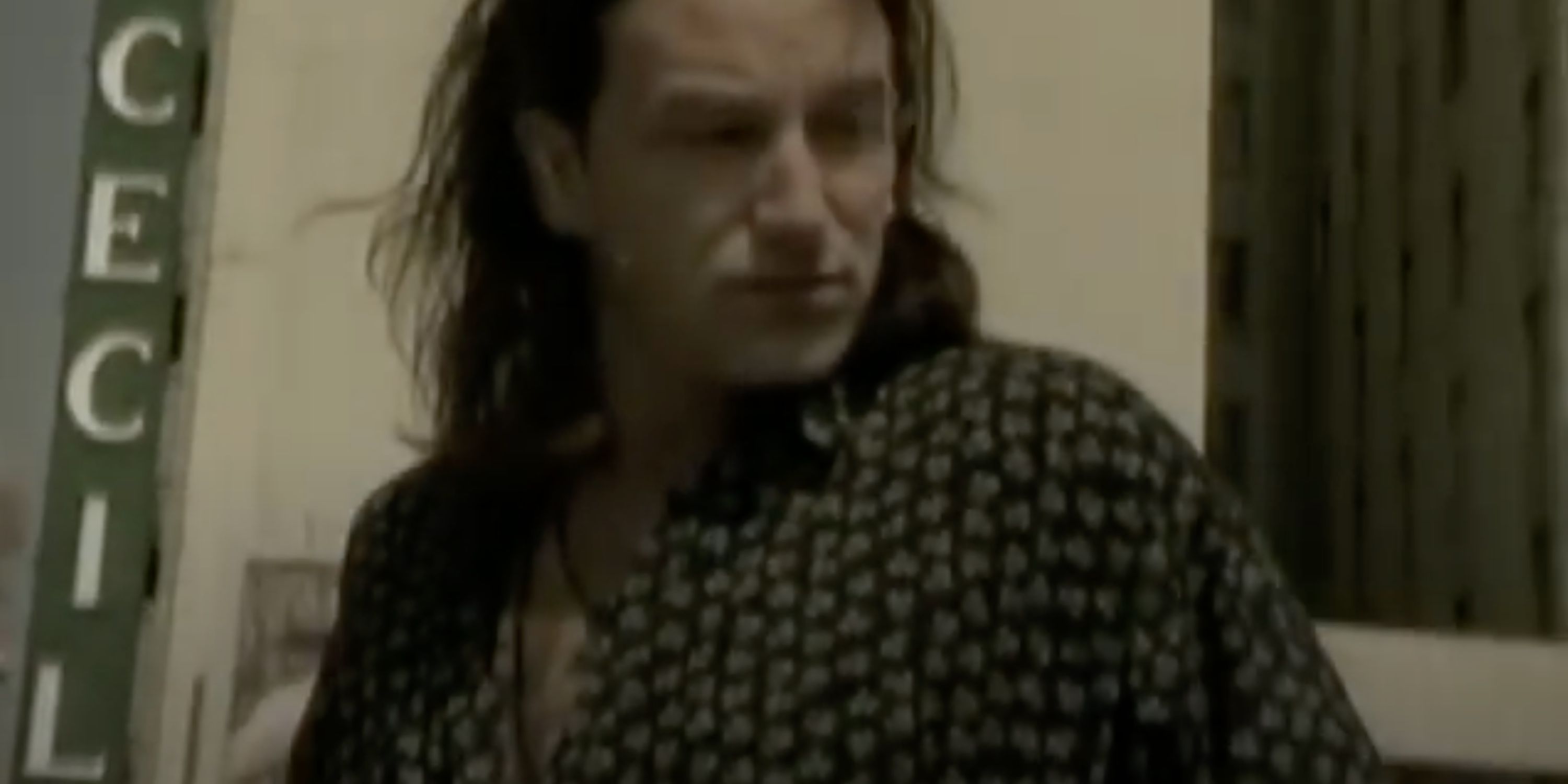
The Cecil Hotel has been linked to both The Black Dahlia and the Night Stalker, but it's also been the backdrop in some high-profile music videos. The building is featured in U2's "Where the Streets Have No Name" (above) and Blink-182's "The Rock Show." The Cecil Hotel was also reportedly the inspiration for the Coen Brothers' 1991 film Barton Fink (via Architectural Foundation of Santa Barbara).
Crime Scene: The Vanishing at the Cecil Hotel released in February 2021 on Netflix.
https://ift.tt/3tNn6Nh
February 11, 2021 at 06:02AM





